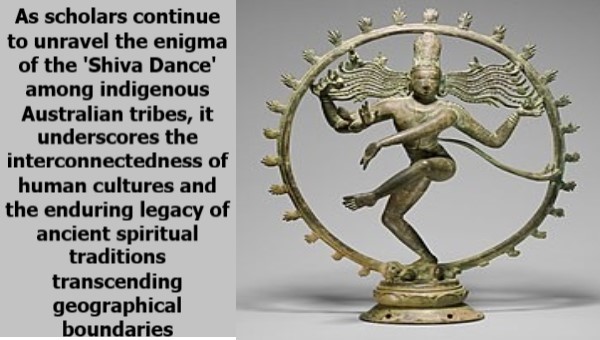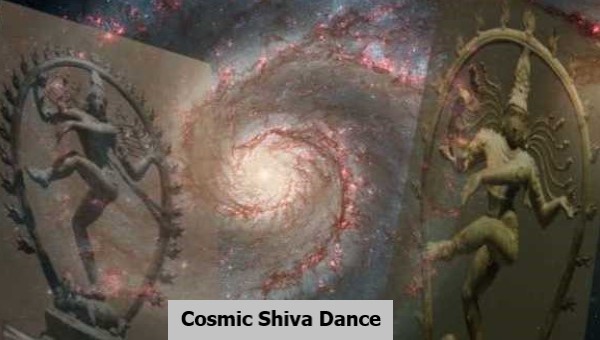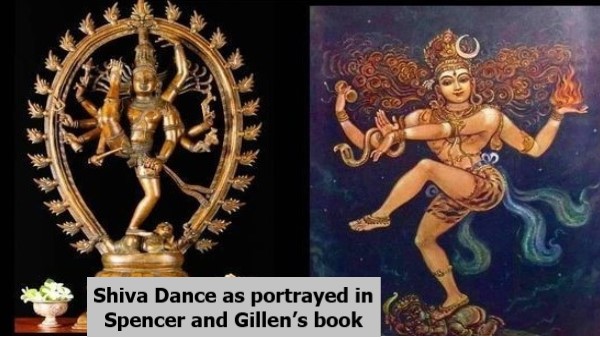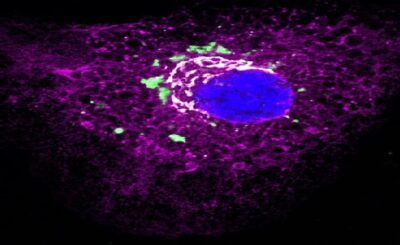India stands unique as the exclusive domain where our deities engage in the art of dance. Within the Hindu belief system, the act of dancing is intrinsic to the divine essence, for if the gods do not dance, they cease to be gods. This profound association draws a parallel between the act of creation and the fluidity of dance, a notion echoed even by contemporary physicists who liken the genesis of the universe to a cosmic dance.

The cosmic dance of Shiva, a central figure in Hindu theology, encapsulates the dynamic interplay of divine energies, symbolizing the fundamental principles of creation, preservation, destruction, illusion, and emancipation.
Shiva, revered as the supreme deity in Shaivism, is adorned with various epithets such as Shambhu, Shankara, Mahesha, and Mahadeva, each reflecting different aspects of his divine nature.
Central to the depiction of Shiva is his portrayal as Nataraja, the cosmic dancer, performing the tandava. This divine form finds elaboration in numerous Hindu scriptures, including the Tevaram, Thiruvasagam, Amshumadagama, and Uttarakamika agama. The dance of Nataraja, prominently featured in Shaivite temples across India, serves as a quintessential symbol of Indian cultural heritage and a masterpiece of Hindu artistic expression.
The earliest known representation of Nataraja dates back to the 6th century CE, adorning a rock-cut temple at Seeyamangalam, underscoring the enduring legacy of this divine motif in Indian art and spirituality. Notably, depictions of Nataraja have also been discovered in various regions of Southeast Asia and Central Asia, attesting to the widespread influence of Hindu iconography.

While the cosmic dance of Lord Shiva has been extensively documented in Hindu literature, the revelation of a comparable dance tradition among indigenous tribes in Central Australia presents an intriguing conundrum. Delving into this phenomenon necessitates an exploration of Hinduism’s presence beyond the Indian subcontinent.
Sir Baldwin Spencer and Francis James Gillen, pioneering anthropologists, provided invaluable insights into the customs and beliefs of Central Australian Aboriginal tribes through their seminal work “The Native Tribes of Central Australia,” published in 1899. Within its pages, they uncovered a remarkable revelation: the existence of a ritual dance known as the “Shiva Dance,” wherein tribal members adorned a painted “Third Eye” on their foreheads.
This discovery raises compelling questions regarding the diffusion of Hindu cultural motifs beyond traditional geographical boundaries. The notion of Sanatana Dharma, or the eternal truth, is posited by scholars to have traversed vast expanses, influencing diverse cultures across the globe.
Legends hint at the migration of ancient Hindu seers led by Shiva and Ganesha, traversing continents from India to the Arctic and back, fostering the dissemination of Sanatana Dharma. The presence of Hindu iconography and practices among Central Australian tribes, as documented by Spencer and Gillen, lends credence to this hypothesis. Furthermore, archaeological evidence, such as the ‘Gympie Pyramid’ (located east of town of Gympie in Queensland) discovered by Spencer and Gillen, suggests the presence of ancient settlements where the ‘Shiva Dance’ might have been practiced. Incidentally, Gympie Pyramid of Australia is described in Ramayana.


See also:
Desserts punctuation marks of meal: Chef
Healthy greenery key to mitigating climate woes








